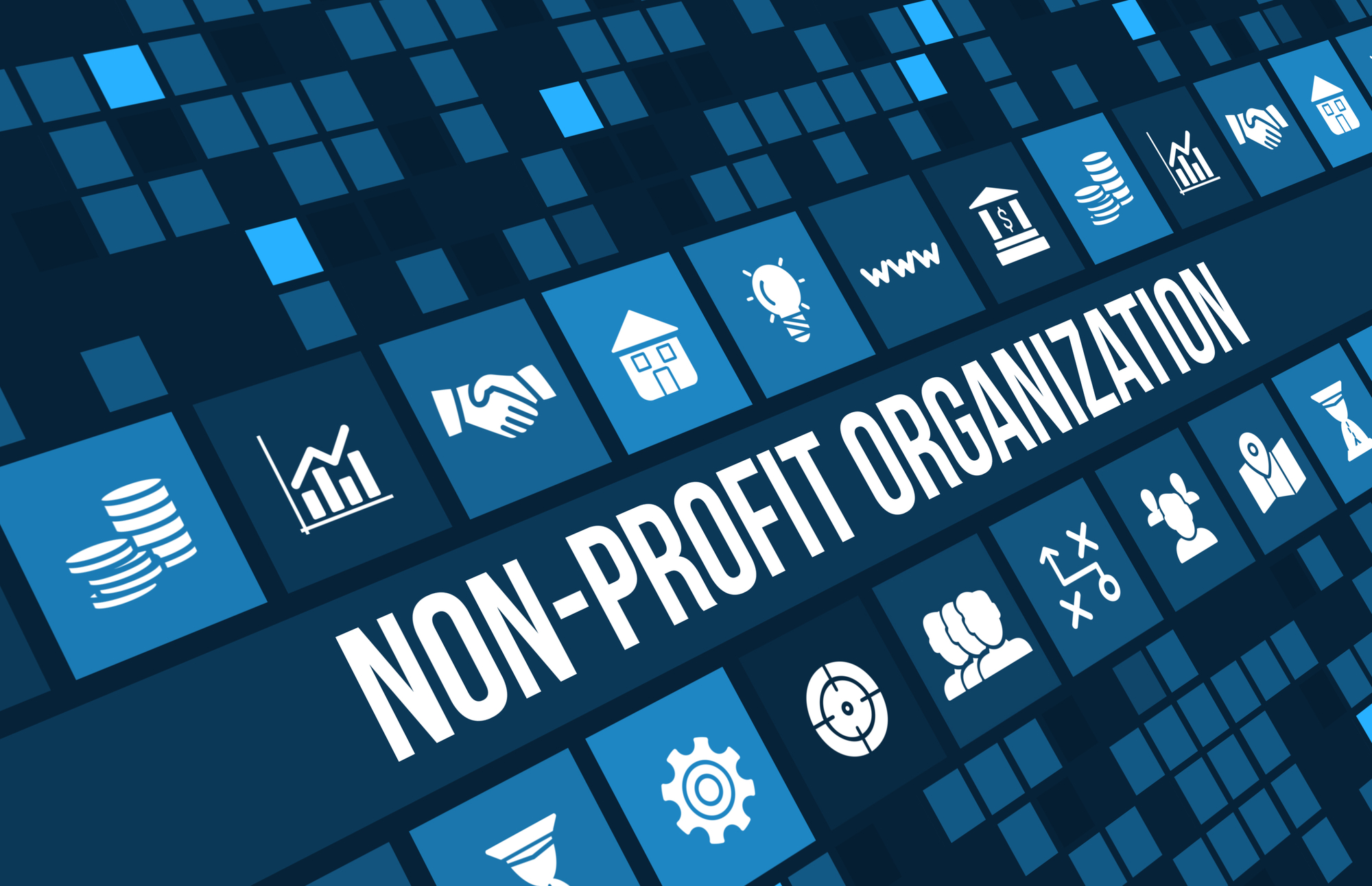The following nonprofit cyberattack case study discusses a data breach that occurred in the United Way of Tarrant County (UWTC). Founded in 1922, the organization coordinates individuals, groups, donors, and service providers together to address and help solve tough social issues affecting Tarrant County – including housing and homelessness; health and wellness; education; and more.
While the UWTC works tirelessly to improve the lives of people in their local community through a variety of charitable efforts, they were vulnerable to ill-intended users in ways that they didn’t realize or expect. “Back then we’d say, ‘Why do I need an infosec effort? I’m not selling a product, I don’t have a storefront,’” says Jeff Allison, Chief Financial Officer of UWTC.
To explain what happened to the United Way of Tarrant County, we’ve put together a nonprofit cyberattack case study:
Nonprofit Cyberattack Case Study #1: The Breach
After a security incident in which fortunately no donor data was compromised, the United Way of Tarrant County realized that they were vulnerable to cyber-attacks and needed to strengthen their security posture.
“There’s zero give on that,” says Allison. “It would only take one breach to lose donor data, and that’s our entire business reputation.”
But UWTC was less familiar with information security than with IT operations generally, and in the beginning – facing multiple potential points of vulnerability – the work felt overwhelming.

Nonprofit Cyberattack Case Study #2: The Solution
Nonprofit Cyberattack Case Study #3: Results & Benefits
Improved Security

Having a solid cybersecurity score is a must these days. Not only does it provide current and potential donors proof that your organization is compliant with its cybersecurity obligations, but it can increase your donor audience. This is because network security is seen as a differentiator when donors trust you with their personal and financial data.
Cost-Effectiveness
At Makaye, we understand that nonprofits often face budget restrictions related to cybersecurity. This is why we offer our partners access to enterprise-grade security at nonprofit-friendly pricing.
Confidence
Nonprofits like UWTC are usually a prime target for cybercriminals due to their lack of network security resources and the amount of valuable personal and financial data that they store. Therefore, creating a security roadmap, adjusted to UWTC’s needs, helps first keep hackers at bay, and most importantly, reassures donors that their information is in good hands.
Additional Resources:
This Guide will help you understand how cybersecurity can support your mission as a nonprofit.
Avoid falling into situations similar to the nonprofit cyberattack case study above by putting into practice the questions in our checklist.
This article will help you understand what are the main differences between IT and InfoSec professionals.
A Cybersecurity Maturity Level Assessment is the best way to avoid situations like the nonprofit cyberattack case study above. It will help you understand your organization’s current security posture. The knowledge gained through this assessment will help guide the decisions that will need to be made to improve your security and align your risk with acceptable tolerance levels.










